A trip to Kashgar
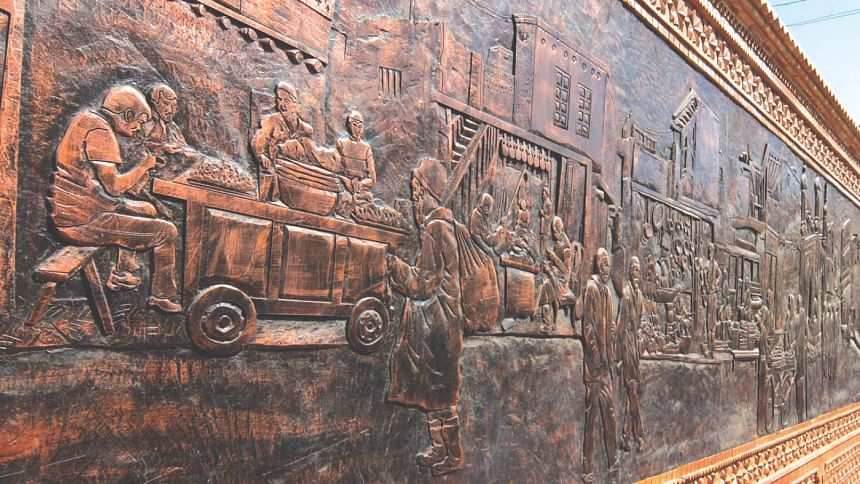
The September sky was cloudy and it was drizzling. But the bad weather could hardly dampen the spirits of the hordes of tourists. With sheer surprise, they were gazing at the gigantic walls that encircle parts of the centuries-old town in Kashgar, which had been at the heart of the ancient Silk Road. A huge gate was wide open to welcome the tourists coming this way in the westernmost part of China.
Once inside, the visitors are instantly drawn to the beautifully decorated buildings on both sides of the roads. Those structures have strong resemblance to Muslim architecture, as almost all inhabitants of the town are Muslims and come from Uyghur ethnic minority.
The buildings look strikingly new for an old town. The streets are wider compared to those seen in old towns.
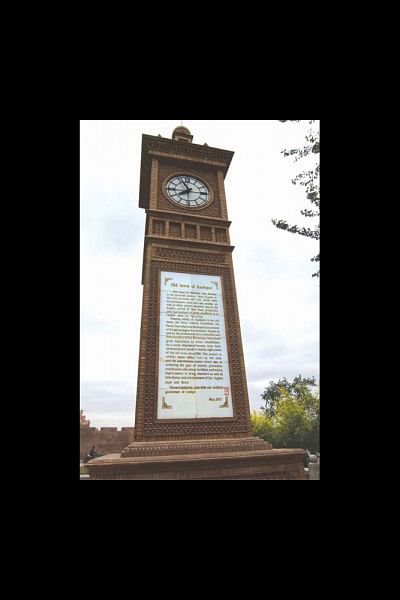
“Most of these buildings were renovated over the last few years under the Chinese government's initiative, as the old ones were prone to earthquake. Utmost care was taken to redecorate them, keeping the original designs intact,” said Ms Aysha, one of the guides.
The old mud-brick houses have been replaced by new colourful ones with decorated windows and wooden doors. It became easier for the visitors to move around, as the weather got better within a short time.
A few hundred metres right to the town's East Entrance, there is a museum dedicated to Seljuq satirical Sufi Nasreddin Hodja. It appears his stories had travelled all the way from Turkey. The two-storey museum has sculptures of the wise man and his donkey, puppets and funny drawings.
Clad in colourful clothes, around half a dozen mid-aged Uyghur women were having breakfast at an open space. The menu was way too ordinary -- plain tea and bread. With big smiles, they invited some tourists to break bread with them.
Uyghur people are well-known for hospitality and friendliness towards travellers. Even to this day exist some of the inns where merchants and wanderers could spend the night and have their horses and camels fed while passing through the ancient Silk Road ages ago.
At that time, many Uyghur families opened inns at their houses to cater for merchants and travellers alike.
One such shelter, Old-Style Inn, still stands. It is a humble place and the sleeping arrangements are very simple. There are six or eight small beds in each room and one can spend the night here for a price as low as 10 Yuan (Tk 125). As in the past, the inn serves food to the clients for a low price.
In the late 13th century, famed Venetian explorer Marco Polo travelled through Kashgar and was greatly moved by its beauty and charm.
In his memoirs, he wrote, “Kashgar is a region lying between north-east and east, and constituted a kingdom in former days, but now it is subject to the Great Khan … There are a good number of towns and villages, but the greatest and finest is Kashgar itself.
“The inhabitants live by trade and handicrafts; they have beautiful gardens and vineyards, and fine estates, and grow a great deal of cotton. From this country many merchants go forth about the world on trading journeys ... The territory extends for five days' journey.”
For centuries, the old town had been famous for its bustling bazaars. And still today, it lives up to its reputation.
There are hundreds of shops on both sides of the major roads, selling a wide range of goods. You can buy from top-quality spices to handicrafts here.
The Flowerpot Bazaar is a great place to start with. It is well-known for its clay products that are skilfully made by Uyghur potters using traditional methods.
You can also take a walk to the Katman Bazaar where you will find many blacksmiths giving shapes to iron bars.
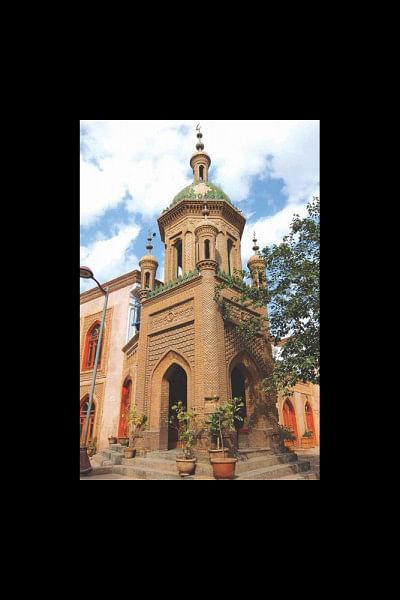
There is a market solely for hats that have a special place in the lives of Uyghur people. Be it a man or a woman, almost all members of the community love to wear hats. The difference is that hats made for women are usually more colourful than the ones for men. You can get the right one for you from hundreds of hats. The prices could vary from 50 to 500 Yuan depending on their quality.
And when it comes to showcasing their culture, the Uyghurs never shy away from giving a visitor a taste of their music and dance.
Now and then, some of the town's neighbourhoods arrange cultural programmes for the tourists, said one of the guides.
She was immediately proved right. A group of child artists were doing stunts while juggling with big hats right in front of the Uyghur Medicine Clinic. Once they were done, around half a dozen beautiful Uyghur girls in traditional dress came out of a nearby building. They started dancing to the rhythmic tune of a Uyghur song, leaving the audience enthralled.
A trip to Kashgar is incomplete until you visit the “Hundred Year Old Tea House” near Ustangbuyi Road. On the first floor of the two-storey teashop, several big divans are set up so that customers can sit together comfortably, sip tea and have long chats. Tasty bread is also served here with tea.
Next to the teashop, many small restaurants sell delicious Shish Kebabs and Naan, a must-have dish for any foreign visitor. Around a hundred yards from the sprawling market lies the famous Id Kah, one of largest mosques in China, which draws around 10,000 Muslim devotees every Friday. Painted in yellow, the main entrance overlooks a huge square. There are two minarets on its both sides of the main gate while a third one adorns a big dome in the middle. One has to cross a yard with big trees before reaching the Hall of Prayer. Carpets are laid out on the floor of the hall that has hundreds of dark green pillars. All its windows painted in light green have exquisite carvings.
Fitted with carved wooden beams, the white ceiling looks elegant. Beautiful chandeliers hanging from the ceiling added to its beauty.
It took quite a while to walk from the Hall to the square where people were hanging out. From there, you could hit the main road and take a bus or a taxi to go to your destination in the city. Once out of the old town, you would feel that you have stepped into a different world. High-rise buildings, huge shopping malls and luxury cars on the streets are a stark contrast to the life in the old town. Like other cities of China, Kashgar is bracing for rapid urbanisation. But being at the heart of the Silk Road, the city will always be worth a visit, no matter what.
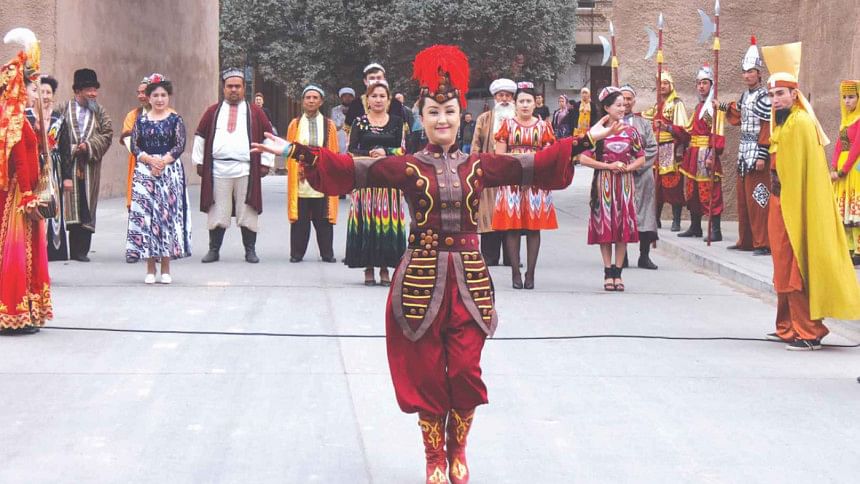

 For all latest news, follow The Daily Star's Google News channel.
For all latest news, follow The Daily Star's Google News channel. 


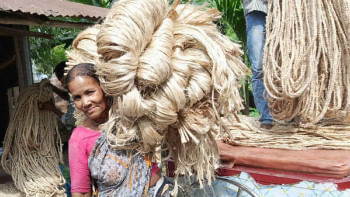
Comments